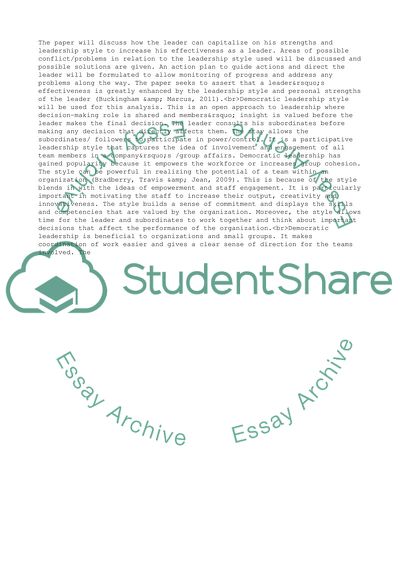Cite this document
(“My Personal Leadership Style Analysis and Action Plan Book Report/Review”, n.d.)
My Personal Leadership Style Analysis and Action Plan Book Report/Review. Retrieved from https://studentshare.org/management/1873710-my-personal-leadership-style-analysis-and-action-plan
My Personal Leadership Style Analysis and Action Plan Book Report/Review. Retrieved from https://studentshare.org/management/1873710-my-personal-leadership-style-analysis-and-action-plan
(My Personal Leadership Style Analysis and Action Plan Book Report/Review)
My Personal Leadership Style Analysis and Action Plan Book Report/Review. https://studentshare.org/management/1873710-my-personal-leadership-style-analysis-and-action-plan.
My Personal Leadership Style Analysis and Action Plan Book Report/Review. https://studentshare.org/management/1873710-my-personal-leadership-style-analysis-and-action-plan.
“My Personal Leadership Style Analysis and Action Plan Book Report/Review”, n.d. https://studentshare.org/management/1873710-my-personal-leadership-style-analysis-and-action-plan.


